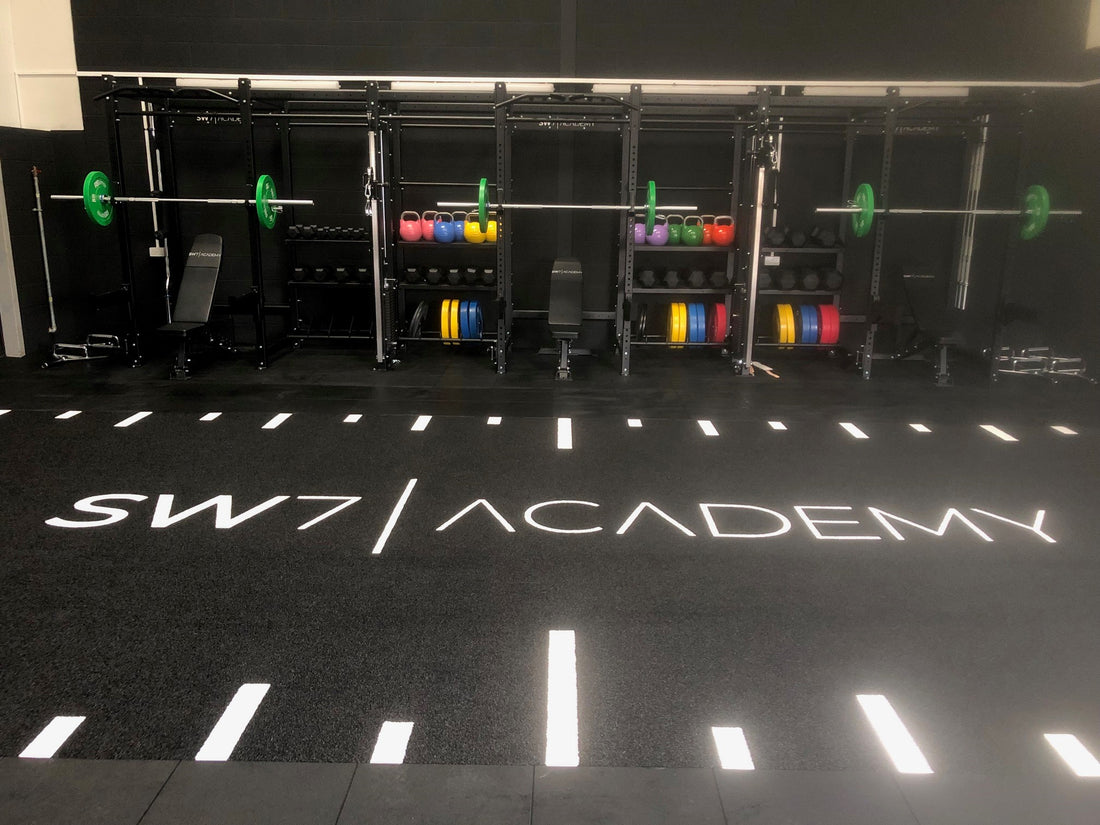The 3 months of pre-season is the single most important time of the year for physical development. During competitive phases of the season, most athletes aim to progress a little, but often maintenance is the most realistic option. Particularly if you’re having to cope with the demands of contact sports. We will discuss here, what are the common mistakes made during pre-season, and what you should be focusing on, depending on your training age.
What are some common mistakes?
Firstly, let’s dive into common mistakes. It is correct that you can increase volume in the gym and on the field as you don’t have a mid-week or weekend fixture which means you can gain an extra training day. Bonus! But, be careful not to get carried away. Often you train so hard, you end up digging yourself into such a large hole of recovery that you won’t be able to recover, adapt and come out any better than you were before. It is correct that you can overtrain which can be detrimental.
Another common mistake is performing speed training too early into your pre-season. Why is this a problem as speed is a vital factor in sports? Well, given that you’ve likely had some time off before entering your pre-season phase it’s unlikely that you’ve ran at any significant velocity for 3-4 weeks, maybe longer. You should therefore build up your speeds over the course of the next 3 months to help avoid injury to the adductors and hamstrings which are prone to this if spiked too soon.
You mention 'training age'. What is it? How does it affect my pre-season?
Training age is simply the amount of time you’ve consistently trained. For some people it may be 6 months, for athletes or diligent trainers it could be 15+ years! Let’s say you have a training age of <6 months, then I would classify this as a beginner. 6 - 24 months, intermediate. 2+ years would be advanced. The caveat to the above would also be structured training. Not winging it yourself with little know how.
So let’s say you’re a beginner. Here we would recommend a ‘linear model’. A linear model suits a trainer of this experience because when discussing specifically gym training for example, you won’t have the experience to hit some high velocity power moves early on. You need to build up to this. Typically starting with higher repetition ranges in your first phases, and slowly moving along the continuum to lower repetition strength. Finally, power repetitions of low number and volume to finish your pre-season, would suit you best so you can build the resilience required.
If you have an intermediate training age or above then a mixed methods approach would fit nicely. A mixed methods approach is when you train the full spectrum of strength, power and higher volume work together. The secret to this type of programming is that you can sprinkle all the above into a training week, but the amount of each stimulus subtly changes as you progress through your pre-season. So to begin with your plan will be predominantly higher rep work with some strength sets added in, and by the time you finish pre-season, lower repetition strength and power work will be the focus with some higher repetition work carefully programmed in at the right time.
What About Running?
When it comes to running, a linear model suits both. It’s the safest way to train and you should focus on slower velocity running to begin and gradually increase your running distances. You then add velocity to this volume running at higher speeds covering the same distance and then we start integrating repeated speed work and finally isolated speed work with predominantly gym based power moves for your weight session to make sure you finish pre-season with a big aerobic engine, stronger and more powerful than you’ve ever been before.
Does change happen overnight? How soon will I see a difference?
It goes without saying that all this work can go unnoticed without good nutrition. You can read more on nutrition guidance here.
The athletes who make the most progress are the ones who diligently train when nobody is looking, knowing in 4 months' time they will be an unrecognisable athlete. This is because they have displayed the discipline that most others aren’t able to do. If you want to achieve things other people can’t achieve, you must be willing to do what others aren’t willing to do. A big pre-season is one of those things.
If you’re a rugby player looking to excel this Pre-Season, check out SW7 Academy for more information.



































